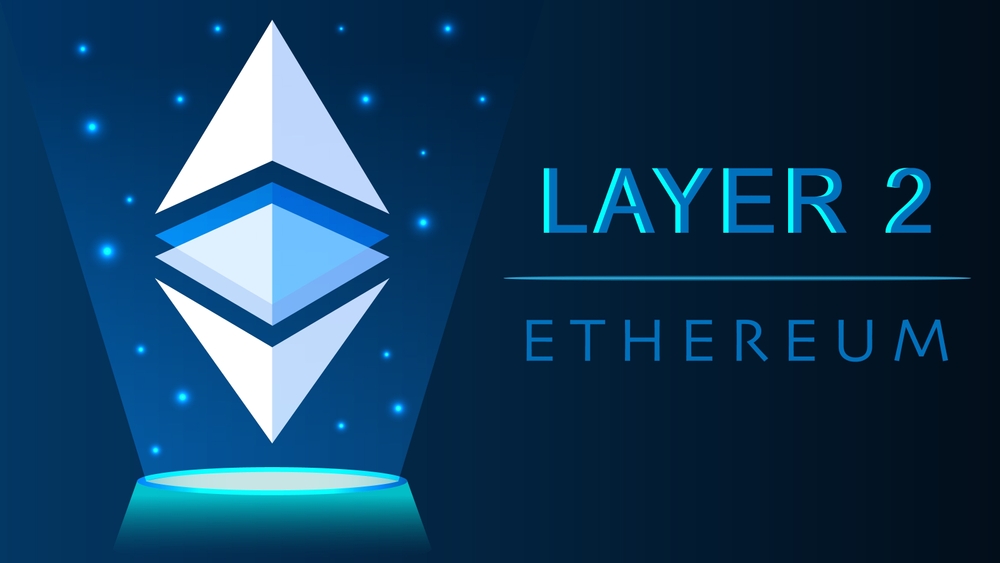Layer-2 networks have become key players in the crypto industry as they provide much-needed scalability. In this article, we will explore five of the leading layer-2 projects you should monitor in 2024.
Understanding Layer-2 Network
So, what is a layer-2 network? Simply put, it is a protocol developed atop a layer-1 blockchain with the intention of improving the efficiency and speed of that chain. Layer-2 networks overcome the many limitations in blockchains like Ethereum and Bitcoin. They help process large volumes of transactions at relatively low costs.
Top 5 Layer-2 Networks
Several layer-2 projects have been launched in recent years amid rising transaction fees on Ethereum. Here are the leading layer-2 networks:
Arbitrum
Built by blockchain company OffChain Labs, Arbitrum is a layer-2 network created on top of Ethereum. It uses rollup technology, which combines numerous transactions into a single transaction. By doing so, Arbitrum helps to reduce transaction costs incurred by Ethereum users.
The layer-2 network has its own native token, ARB, which, according to data from CoinGecko, has a market capitalization of $2.22 billion. Holders of ARB can use their tokens to participate in Arbitrum’s governance. There are over 1.275 billion ARB tokens already in circulation. The total supply is 10 billion. Per Arbitrum’s tokenomics, all ARB tokens will be in circulation by 2027.
Arbitrum offers a service called Arbitrum Orbit, which lets Web3 developers launch custom chains on the layer-2 network to fit the specific needs of their projects.
Polygon
Polygon has become popular among crypto users due to its ability to process transactions fast. Per data on the project’s website, the layer-2 network processes 7,000 transactions per second.
Polygon boasts $805 million in total value locked. Moreover, the network is now compatible with EVM (Ethereum Virtual Machine) after launching zkEVM, a tool that allows developers to migrate decentralized applications from Ethereum to Polygon and vice versa without adjusting smart contracts.
Polygon’s native token is known as MATIC. Staking it gives you the right to participate in the project’s voting process. Data from CoinGecko shows the circulating supply of MATIC is 9.28 billion tokens. The crypto asset’s total supply is capped at 10 billion. MATIC has a market capitalization of $9.44 billion as of January 2024.
Crypto analysts expect MATIC’s price to surge over the coming months as a result of increased institutional adoption. Nike and Starbucks are already planning to integrate Polygon into their operations.
Optimism
Created by the Optimism Foundation, Optimism is a famous layer-2 network that uses rollups to boost the scalability and efficiency of the Ethereum blockchain. The project has announced plans to build a “Superchain” platform featuring multiple OP Stack chains connected to the Optimism mainnet. When it launches, the Superchain platform will allow users to seamlessly move crypto assets from one OP stack chain to another.
Optimism’s native token, OP, boasts a market cap of $3.56 billion. It has a total supply of 4.28 billion, with 911.29 million tokens already in circulation.
Immutable X
This layer-2 network is primarily built to facilitate the development of crypto gaming apps. It provides the necessary developer tools for gaming creators to build revolutionary projects.
Besides supporting the creation of crypto games, Immutable X adopts the zk-Rollup technology, which helps to create NFTs.
Immutable X’s native token, IMX, has a market capitalization of $3.09 billion with a total supply of 2 billion. As of this writing, there are about 1.32 billion IMX tokens in circulation.
Loopring
Launched in 2017, Loopring continues to offer secure and low-cost transactions. This layer-2 network processes 2,000 transactions per second thanks to the zkRollups technology. Loopring has its own decentralized exchange that allows users to trade crypto at low fees.
The network’s native token, LRC, has a market cap of $390.1 million, with a circulating supply of 1.23 billion. The crypto asset’s total supply is 1.373 billion tokens.
Final Thoughts
Given their crucial role in the crypto industry, layer-2 networks are likely to stay for a long time. If you plan to buy their native tokens, make sure you research thoroughly.
